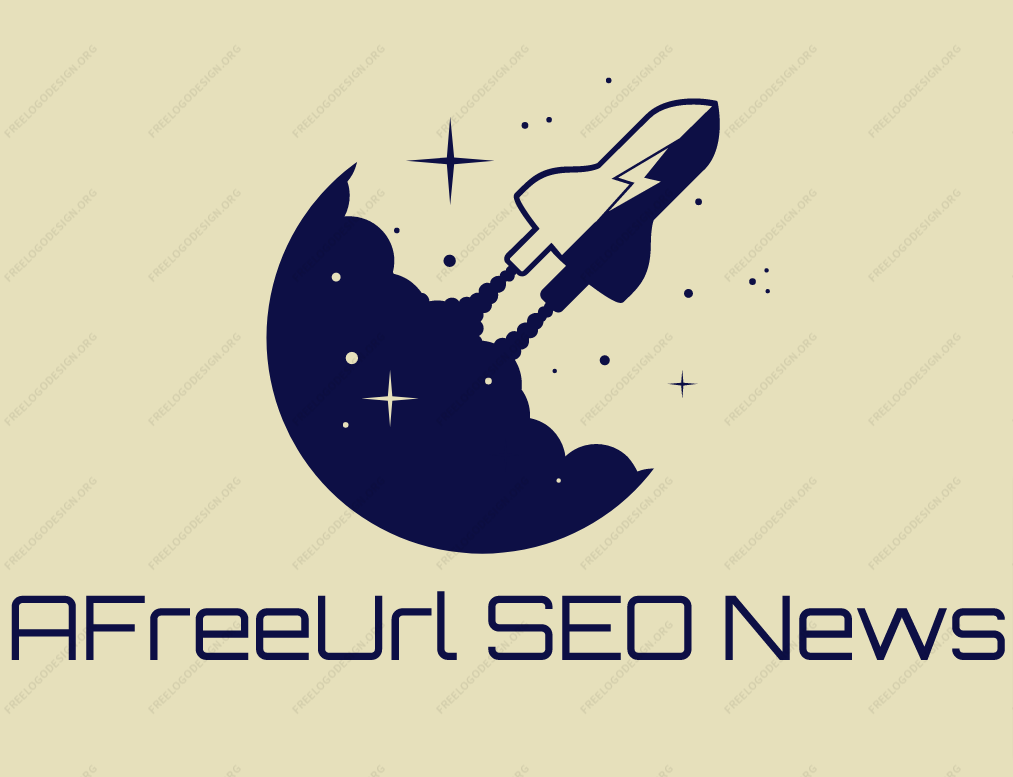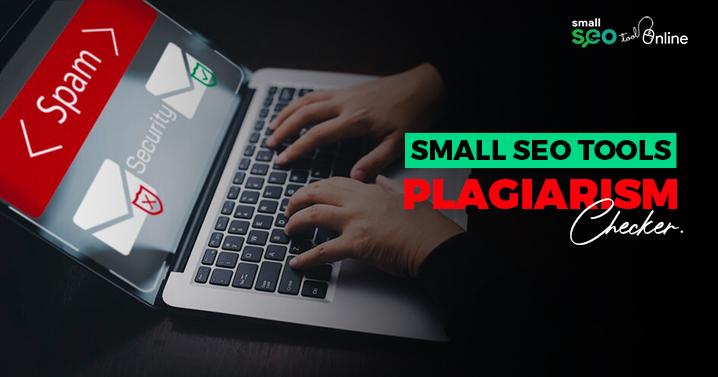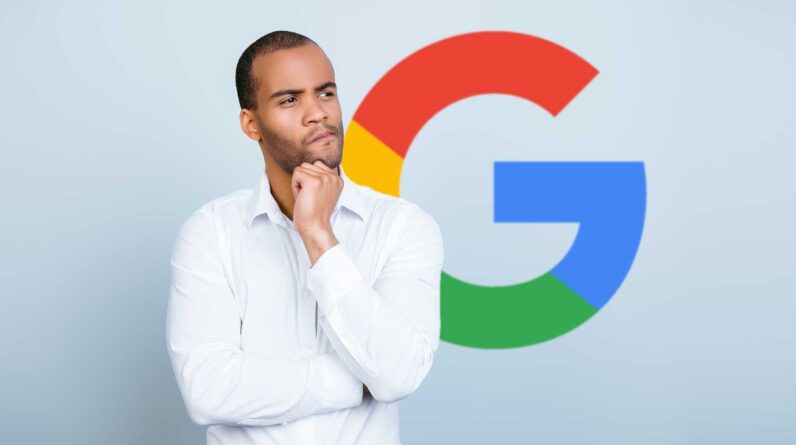
I tell my clients two things to frame organic search discussions around content and user experience:
Search engines want to provide answers to their users in one click or less. If you design your website with the idea of getting answers to visitors’ questions as efficiently as possible, your site should gain more attention in organic search.
Search engines need to keep their users happy to retain and/or increase their market share. Therefore, they are interested in sending people to websites that they believe will give users a good experience.
Bounce rates increase by 32% when download times went from 1 to 3 seconds, according to Google. Too, bounce rates increase dramatically at 3 secondswhile pageviews also decrease, according to Pingdom.
Both of these statistics are a little old, but there is no evidence to suggest that people are more patient today.
The challenge I most often encounter with brands is that they design their websites in a way that hinders the “one click or less” goal. They incorporate things into their designs like:
Large autoplay videos (sometimes with sound).Large images of heroes that push informational content way below the fold (add heroes spinning through a slideshow and the experience is even worse).Custom fonts which are probably not installed on your visitors’ local machines.
All of these design elements (and others) hurt user experience, conversion optimization, and accessibility standards.
Examples of bad design and UX
Both examples show the movie strip view of the page loading over time at WebPageTest.org, a popular site for testing download times that some Googlers have recommended. I simulate a Galaxy S7 smartphone using an LTE connection in both examples.
Charity website
This website has a large autoplay video on its home page that pushes much of the main content below the fold.
In the tests I did, nothing appeared in the viewport until 3 seconds after loading. The CTA at the top of the page is visible, but only the logo alt text is displayed. Some texts are difficult to read because they are light gray in color; it is meant to be displayed as an overlay on the darker video.
Visitors may even miss that they are on the right website because the logo is not displayed until 4.5 seconds into the load and the alt text is difficult to read.
If Google and Pingdom data are to be believed, unless someone hits the CTA at the top of the page, it’s highly likely that they’ll bounce before getting that organization’s main message.
Well-known brand website

This website has a large hero image that pushes the content below the fold and a custom font that must be downloaded before anything is displayed.
You can see from the example that nothing but the hamburger menu is displayed until 4 seconds into the load.
Here’s a hint: If you have to include some kind of download timer to let people know something is on the way, it’s too big.
Part of the reason the content takes so long to display is that the custom font alone takes about 4 seconds to download. No text appears until 6 seconds into the load, and that’s just the cookie warning.
In total, this page takes more than 10 seconds to download completely. When the page has just loaded, the only thing you can see apart from the hero image is the cookie notice.
To be fair, there’s a lot more to these examples than big videos, big heroes, and custom fonts. There are also JavaScript and CSS files, third-party tracking, and more, which also interrupt download streams. Those are probably a topic for another time.
Why bad UX happens
When I talk to designers and developers about challenges like this, they often give me the same justifications:
“Everyone is designing their websites like this.” That kind of excuse didn’t work when we were kids. Why do some adults think it’s still acceptable?“Search engines are unfair in how they judge download times. Our tools tell us everything is fine.” There are many reasons to believe that search engines are being unfair when evaluating download times. In the end, it really doesn’t matter. If we want to compete, we have to be faster!“But… brand!” Yes, branding is important. But is it so important to risk losing potential customers because the website is too slow?
Avoid these pitfalls
Our job is to help our customers, partners and colleagues create attractive sites that load quickly and meet the expectations of website visitors while still looking good.
Doing so will help gain more attention from organic search results and increase business.
The opinions expressed in this article are those of the guest author and not necessarily Search Engine Land. Staff authors are listed here.
New in Search Engine Land
About the author
Elmer Boutin is vice president of operations for WrightIMC, a full-service digital marketing agency based in Dallas. After a career in the US Army as a translator and intelligence analyst, he has worked in digital marketing for over 25 years doing everything from coding and optimizing websites to managing management efforts of online reputation as an independent contractor, corporate webmaster and in agency settings. He has extensive experience and expertise working for companies of all sizes, from SMBs to Fortune 5 sized corporations, including Wilsonart, Banfield Pet Hospital, Corner Bakery Cafe, Ford Motor Company, Kroger, Mars Corporation and Valvoline; optimization of websites focused on local, e-commerce, informational, educational and international.
[ad_2]
Source link




